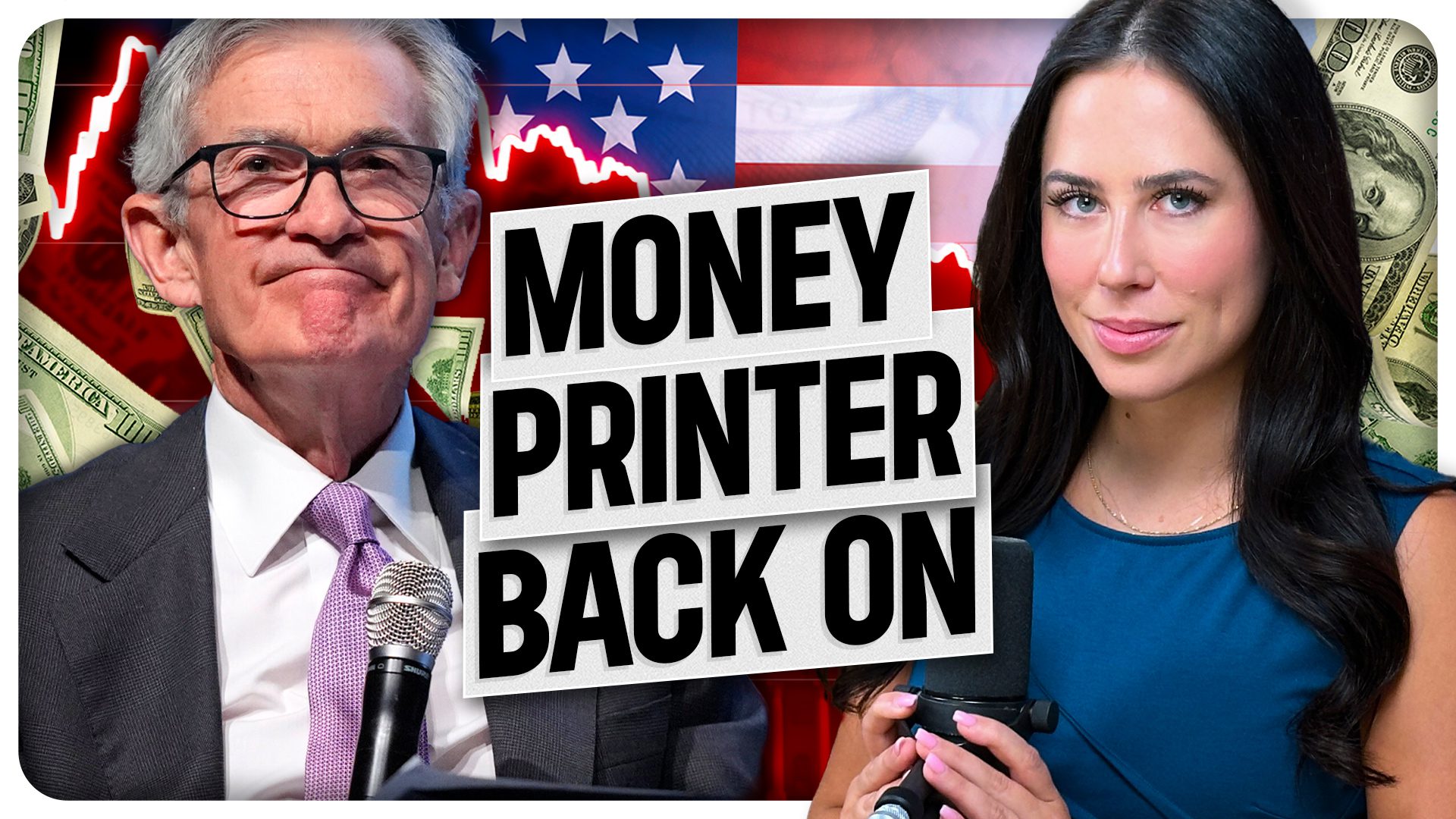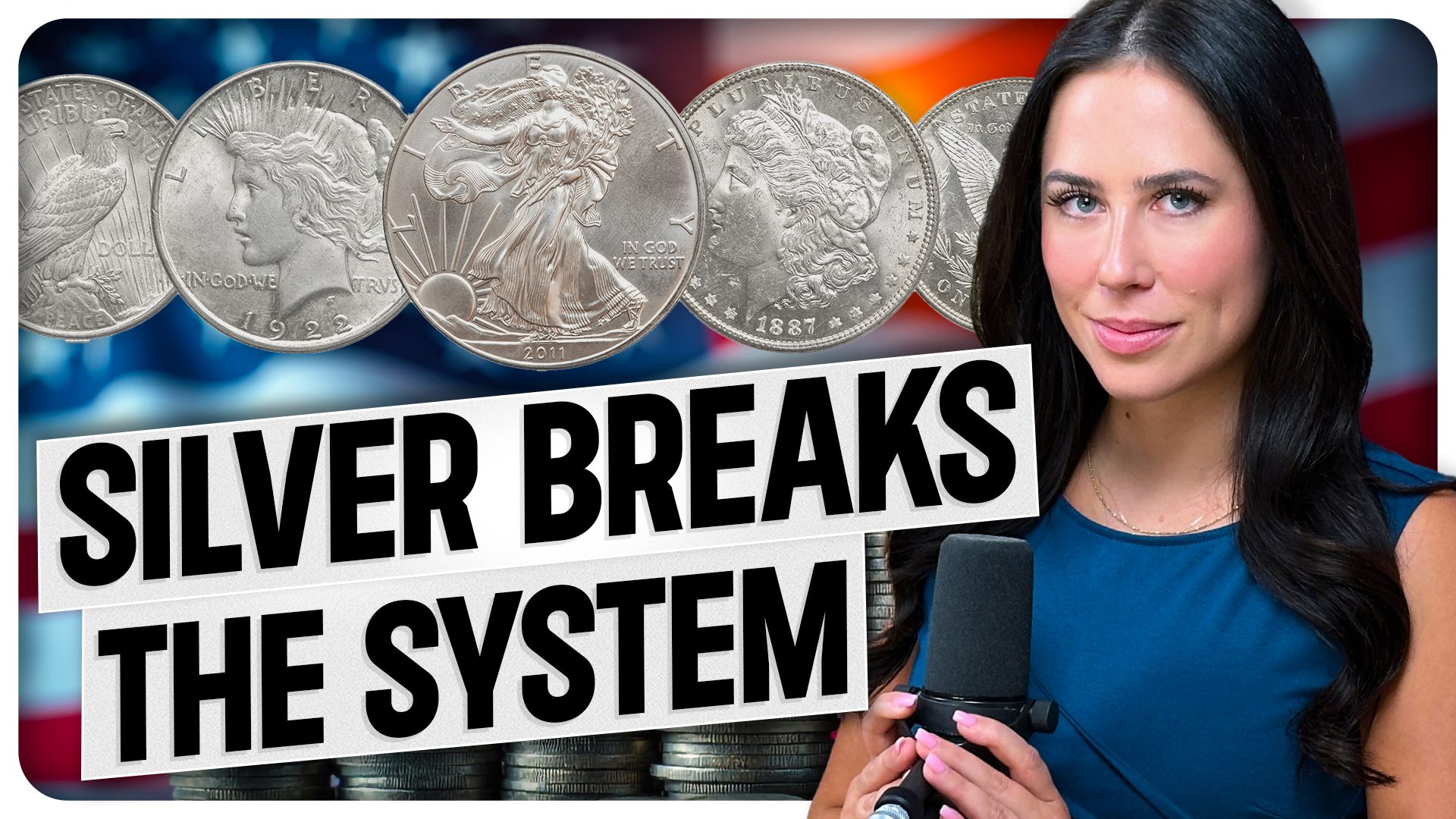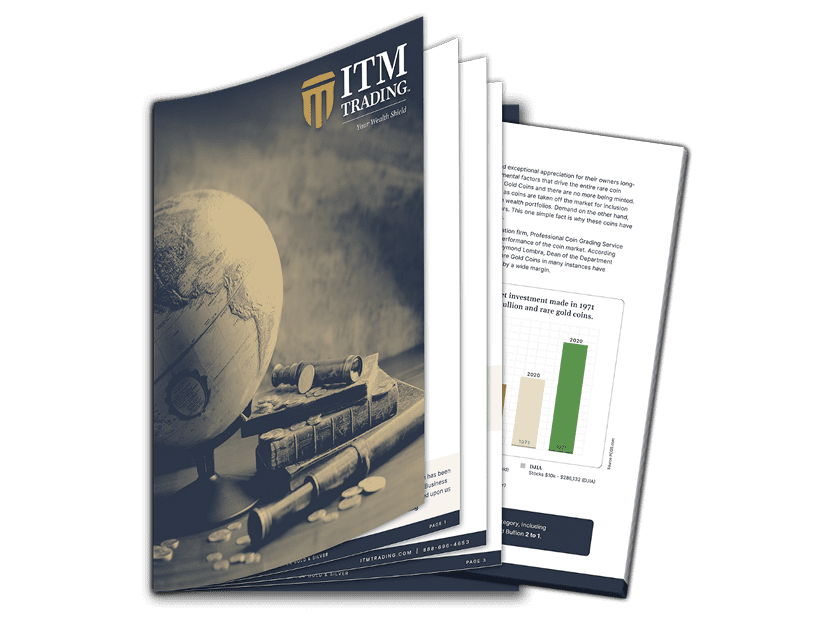MAJOR BRICS Update: The Plan is Working Per the IMF

In this Week’s News, Taylor Kenney explores the latest developments within the BRICs bloc, highlighting more Countries interested in joining the coalition. With the BRICs bloc growing, it poses as a significant threat to the U.S. dollar’s dominance, a concern echoed by the IMF’s latest data. With emerging markets increasingly trading outside the dollar and central banks hoarding gold, the landscape of global economic power is rapidly shifting. Stay tuned to learn how these changes could impact the future of the U.S. dollar and global trade.
TRANSCRIPT:
Hi everyone. Thank you for being here. More big news from the BRICs bloc today, signaling a significant blow to the dollar’s dominance that has also been confirmed by the IMF, the International Monetary Fund’s most recent data. We’ll get to that data in a second. But up first, BRICs two new countries announced plan to join Alliance. Now, Malaysia has officially been announced, along with Thailand as the newest country interested in joining the BRICs bloc coalition.
Now, of course, BRICs is a coalition of emerging world superpowers who are laser focused on creating a new world order achieved through dollarization. Now, this is very concerning for the United States and for anyone who holds dollar or dollar denominated assets, especially coming on the heels of last week’s news, which was heightened concerns around Saudi Arabia moving away from the US dollar and therefore jeopardizing the petrodollar.
For those of you who don’t know the United States privileged position as the global reserve currency and the primary currency in the world is highly based on the fact that Saudi Arabia and other oil producing countries have agreed to price their oil and sell their oil in U.S. dollars. Now, should that crumble, as many are speculating that it will or already has, the United States dollar is going to decline in value very quickly.
But in the meantime, we have a lot more going on here from BRICs. So Russia’s presidential advisor, Anton Kobyakov, announced this week that BRICs and SCO or Shanghai Cooperation Organization, which between the two alliances hold most of the world powers that aren’t part of the G7, the G7 being a Western alliance of economic and political countries such as the United States and Japan.
And the reason that so many of these other BRICs and SEO countries are upset is because they’ve never had a seat at the table when it comes to policy-making. Russia’s presidential advisor, again, Anton Kobyakov, says that these countries, who are part of breaks in SEO, are destined to become a new center of economic power in a changing world, as most of the Earth’s inhabitants are with us.
And while many in the United States would like to put their heads in the sand and pretend that this is not a real threat, Kobyakov is absolutely correct. The BRICs bloc coalition is not just strong in theory, and not just strong because they are a new power. But on paper, if you look at the countries who have come together, they’re combined.
Future GDP growth and population size and landmass is significantly more than that of the members of the G7. So while right now the G7 countries might look like they are in a position of power, will that still be the case in a year, in five years, in the future? When these other countries have the majority of the world’s inhabitants and the world’s landmass, which therefore means more natural resources as well?
And it’s clear the BRICs is only gaining momentum, not losing it. In fact, Malaysia joins 59 other countries who are currently interested in joining BRICs.
So they are one of many. And while we don’t know how many of them will actually be approved, most likely will have to wait until this year’s BRICs summit, which will be held in October in four months in Russia.
There’s a good chance that many of them will become official members. And even if they don’t, we don’t have to wait until October to see the effects of BRICs on the US dollar because they are already creating agreements. In fact, a new agreement was just made last week to do more trade outside of the US dollar. And this didn’t just apply to the BRICs current members, but to their applicant members as well, such as Malaysia, Thailand, Kazakhstan, among others.
Now, all of these countries together doing trade outside of U.S. dollars and local currency is a huge blow to the United States dollar dominance, especially at a point in time when the United States isn’t doing themselves any favors when it comes to the dollar being supreme, especially when we think about how they’ve jeopardized their standing as the global reserve currency thanks to sanctions on Russia, sanctions on Russia, whether you agree with them or not, has shown the rest of the world that if you hold USD as your reserve currency, you’re not protected and you’re not safe.
In fact, it’s the opposite. Should you disagree with the United States, or rather, should the United States disagree with you and your policy-making, your reserves can be frozen. They can be seized at a moment’s notice. Now, this is where the International Monetary Fund comes in. Dollar dominance in the International reserve system, an update.
And the subheading here says that the dollar remains the preeminent reserve currency. But it also says that the dollar continues to cede ground to nontraditional currencies in global foreign exchange reserves. So what does that mean? It means that the US dollar is still the primary reserve currency for other countries, but it means that it’s losing that status. And what I thought was really interesting is that the article goes on to talk about stealth erosion.
So many people in the United States government what have us focus on the fact that the US dollar index is going up. This means that the value of the US dollar compared to other currencies. So where the US dollar stands, U.S. dollar index is actually increasing. So that looks like a good thing. That would appear that the US dollar has strength but not so fast.
If we then look at the US dollar share of foreign exchange reserves, it’s actually decreasing and decreasing significantly, especially in recent years.
Now, this chart that the IMF themselves put out shows that just in the last 15 years, not even 15 years, the United States dollar used to account for close to 73% of all total foreign exchange reserves.
And today it’s sitting at a measly 55%. So you’re telling me that in the last 15 years, the United States dollar, its decrease by about 20%? That’s really significant, especially when we see how quickly this decline is happening now. And again, it’s no surprise whether it’s sanctions or whether it’s other countries and their central banks being worried about the United States debt or their fiscal policymaking or their ability to repay or all of this rampant inflation that’s going on, which are all tied together, whatever it might be.
There’s a reason that they’re moving away from the dollar and away from the dollar quickly, which is also why the same IMF article goes on to talk about gold. Gold rebound, saying that holdings are nearing the highest level since World War two, driven by accumulation of emerging markets, central banks. And we can see this one goes straight up.
Central banks are buying as much gold as they possibly can get their hands on. And why? Because gold can’t be seized, gold can’t be frozen, and gold isn’t subject to all of the geopolitical risk that’s going on. These are the same reasons. The same reasons that these central banks are buying gold, are the same reasons that I personally believe in protecting myself with gold, with tangible physical gold and silver sound money because it’s the only thing that’s not going to be at the whim of all of these other countries and policy-making and geopolitical risk, which we know the United States dollar is definitely at risk because we have two situations going on here.
We have this one over here with the IMF. But I just talked about the fact that the United States dollar is significantly less of the global reserve currency than it once was. And that’s only continuing to go down. And then we have how much trade, how many transactions are actually happening in U.S. dollars. And that is going down thanks to the BRICs bloc and all these countries saying, hey, no more.
We’re going to use our own currencies. We’re going to look out for number one and strengthen ourselves.
So we have these two huge components, two pillars of strength for the US dollar that are beginning to absolutely crumble and crumble at a rapid rate. So again, the reason why this is so important, the reason why I talk about this, is because the dollar still has value now.
But for how long? And even if it still has value in 5 or 10 years, how much value is it going to have compared to what it has today? What I want to see for everyone is that everyone takes action now, while there’s still time to protect themselves outside of the U.S. dollar, while your U.S. dollar still has and retains whatever value it has right now, because we know that it won’t forever.
And while we don’t know because I know someone out there is going to say there is no other currency that’s going to rival the US dollar. It’s the only option. Yes, that might be true. Maybe right now the yuan isn’t an alternative option. Maybe there’s not another currency. But what we do know is that they are working very hard to find a solution, whether it’s a collection of currencies, a basket of currencies, whether it’s their new payment system that they’re creating, whatever it might be.
What we do know for sure is that the US dollar is on borrowed time.
If you have any questions about this, if you want to learn more about how to protect yourself, you can talk to one of our expert analysts. If you want to learn more yourself. We also have a ton of educational videos on our channel, which is why, if you’re not already, please make sure to like and subscribe.
And as always, I so appreciate you being here with me today. Thank you so much. I’m Taylor Kenney with ITM Trading. Your trusted source for all things gold, silver and lifelong wealth protection. Until next time.
SOURCES:
https://www.malaysiasun.com/news/274416033/malaysia-moving-to-join-brics—pm
https://www.visualcapitalist.com/economic-growth-forecasts-for-g7-and-brics-countries-in-2024/#:~:text=While%20the%20G7%20countries
https://www.imf.org/en/Blogs/Articles/2024/06/11/dollar-dominance-in-the-international-reserve-system-an-update














